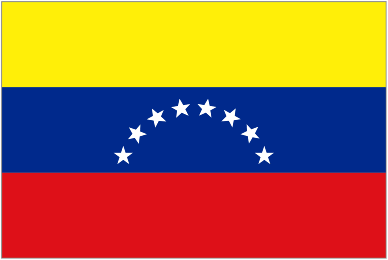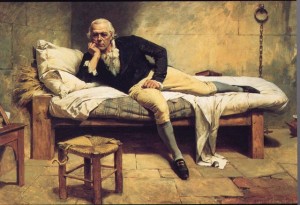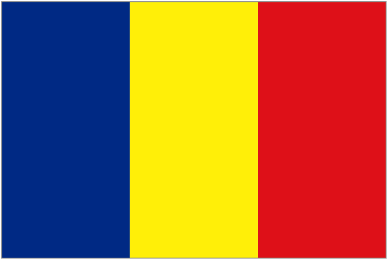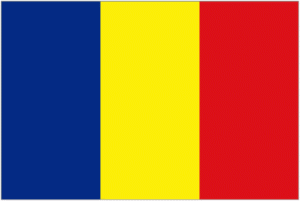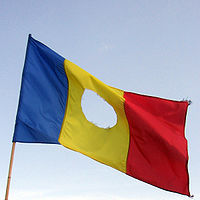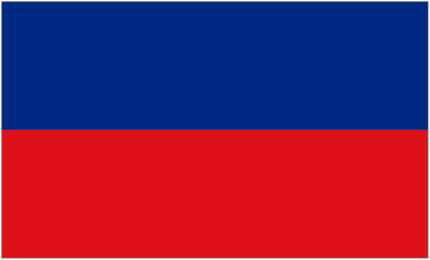February 19
Turkmenistan’s Flag Day was established in 1997 to coincide with the birthday of then-President Saparmurat Niyazov (1940-2006).
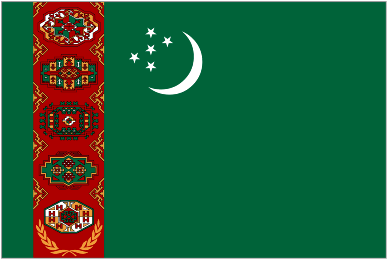
Niyazov ruled the country for over twenty years. He became Secretary of the Turkmen Communist Party (ie. Head Honcho) in 1985 and remained in power after Turkmenistan declared its independence in October 1991.
Turkmenistan prefers stability to change. One of the last of the Soviet Republics to formerly break from Russia, the country remained a one-party Communist state with party leader Niyazov as its President. In 1994 his term was extended to ten years by a vote of the Mejlis, the parliament which he controlled. Before the term was set to expire, a newly ‘elected’ Mejlis, consisting of members groomed by Niyazov, benevolently heaped a new title on their leader: “President for Life.”
Highlights of the Niyazov administration include:
- Bestowed title upon himself: “Serdar Turkmenbashi.” (Great Leader of all Turkmen.)
- Renamed the month of April after his mother.
- Renamed January after himself: Turkmenbashi
- Wrote the “Ruhnama,” a guide of his views on spiritual living–required reading for all schoolchildren.
- Named airports, streets and landmarks after himself.
During his reign posters and statues of him were put up on almost every block in the country.
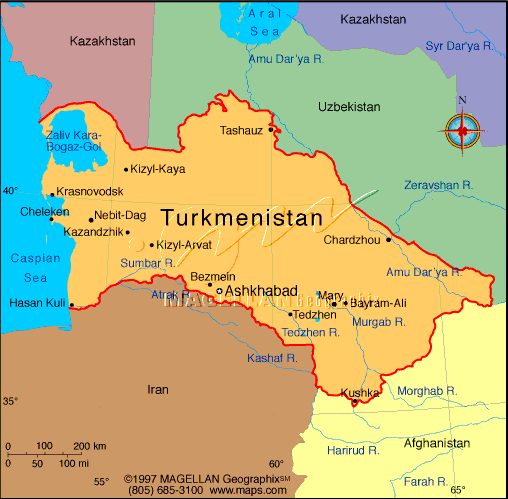
According to a segment from 60 Minutes (aired January 2004):
“He’s not only a brutal dictator, but a dictator who runs his country like it’s his own private Disney World…His face is everywhere, and you can’t walk a block without seeing either a statue or photo of him.”
Said the humble Great Leader in response:
“I’m personally against seeing my pictures and statues in the streets—but it’s what the people want.”
And as for renaming months after himself and his family, he explained:
“You can’t have a great country without great ancestors—and we had none before. We’re starting new, with a new society, and this new culture will be followed for centuries.”
In defense of his authoritative rule, he explained it from the Turkmenistan perspective:
“You Americans, you should understand one thing—for 74 years under the Soviets we were prohibited from thinking about political opposition parties. Look at America—you had a civil war, you didn’t have instant democracy. Yet now you demand we create democracy in Turkmenistan overnight.
Niyazov died in 2006 without an apparent successor.
International Crisis Group noted, “His two decades in power bequeathed ruined education and public health sectors, a record of human rights abuses, thousands of political prisoners and an economy under strain despite rich energy exports.”
The International Herald Tribune says that change has come to post-Niyazov Turkmenistan:
“For his 63rd birthday, [2003] Niyazov’s ministers proclaimed him God’s prophet on Earth. This year, [2008] according to a law passed last week, Flag Day – a holiday typically observed in conjunction with Niyazov’s birthday – will be celebrated exclusively.”
Though his legacy has begun to fade, Turkmenistan still celebrates Flag Day today, February 19, on what would have been the Turkmenbashi’s 69th birthday.


